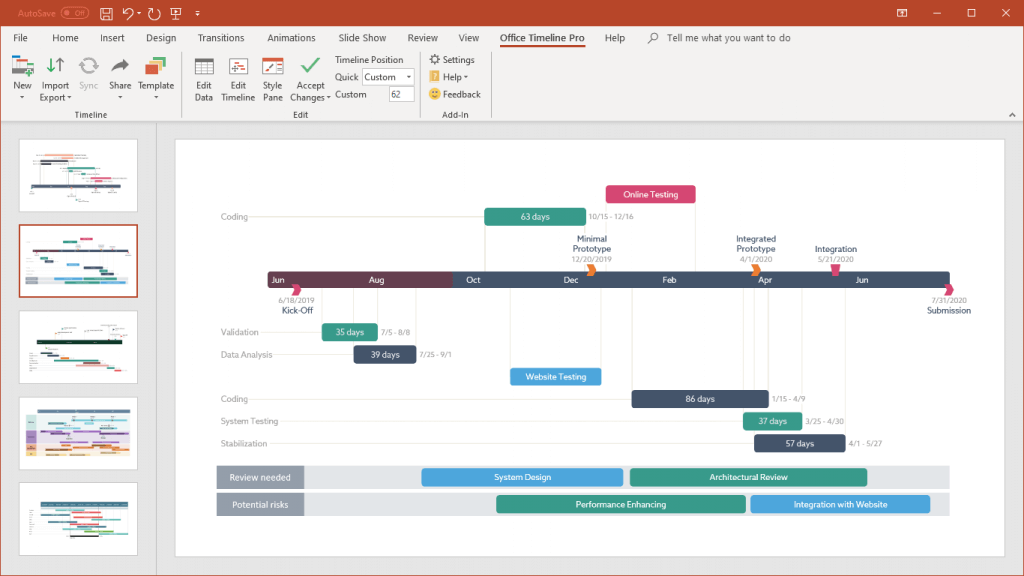by Peter Taylor
All project managers are meant to be the masters of time, and yet it often feels like there is never enough time to get everything done:
- Meetings and follow up actions.
- Planning and recovery.
- Team building and leadership.
- Client and stakeholder interaction.
The list is exceedingly long for any project manager, and then, bang, on top of all that yet another project report is required from senior management.

You are doing your daily reports, you weekly reports, your monthly reports, your budget analysis reports, your resource scheduling reports, your risks and issues reports, and probably someone wants a fully customised, state of the moment report in a specific layout and colour scheme, for just one meeting (albeit an exceptionally important one of course).
Oh, and don’t forget to post a project ‘news’ bulletin on social media.
Time management is one of the six major functions of project management, according to the Project Management Institute, and is the management of the time allocated, spent, and the resulting positive progress made (hopefully), on project tasks and activities.
Excellent time management requires the careful planning, scheduling, monitoring, and controlling of all such project activities in order that the true status of the project is understood, and the relevant actions can be made to adjust any issues or shortcomings.
The challenge here is that, whilst any project manager should be regularly updating the information sharing processes and communication means, the ever increasing (or so it seems to be that way) expectations of such reports for so many stakeholders can lead to the realisation of the famous ‘Cohn’s Law’.
What is Cohn’s Law and how it impacts Project Managers
The more time you spend in reporting on what you are doing, the less time you have to do anything. Stability is achieved when you spend all your time reporting on the nothing you are doing.
Cohn’s Law
When I was leading some of the largest PMOs in the world I was always conscious of the burden of reporting that was being placed on the project managers.
The cadence of reporting was well-defined with both external clients requiring formal and informal updates on status, and internal senior management stakeholders, who needed to know the ‘what’, ‘when’ ‘how’, ‘why’, and ‘who’ of all the projects under their care.
But it had to be accepted that our internal executives had the right, and the need, to be accurately informed of the projects. It all came down to a balance of effort.
Through a series of webinar presentations with Tim Stumbles from Office Timeline we asked attendees (467 in total) how they felt about project reporting, and this was what they said:

Only 28% actually admitted to quite enjoying it, or in some cases apparently loving it, most were neutral, and 20 honest souls admitted that they hated it.
The primary issue identified was that of ‘time’ – the lack of time to work on reports, the amount of time required to put them together, and the additional time to present and explain them to management. Which brings us to the heart of the matter. How can you easily and accurately present the ‘status’ of your project to stakeholders in a way that allows them to simply and rapidly consume the information and come to an understanding of both the status and the need from them for decisions, assistance, or just appreciation?
The Power of Presentation
Fortunately, this is exactly what Office Timeline delivered. As a user of this neat PowerPoint add-in, along with all of the project managers under my most recent PMO, I can vouch for its ease of use and its power of presentation. In fact, it was so effective that we were able to cut down the time spent reviewing project by half.
Try Office Timeline and see for yourself how easy and quick it is to create project reports from your usual project management software, straight into PowerPoint.
And check out my other article ‘Why Stakeholders Regularly Ignore Your Project Reports and How to Fix That’ if you want to learn more about how we used Office Timeline to create project visuals that your stakeholders will actually want to read.

About Peter Taylor
Speaker, Consultant, Trainer and Coach, Peter Taylor is the author of the number 1 bestselling project management book ‘The Lazy Project Manager’. He has built and led some of the largest PMOs in the world with organisations such as Siemens, IBM, and Kronos. In 2020 he was awarded the PMO Global Alliance ‘PMO Influencer of the Year Award’.

Turn project data into professional timelines
Get the advanced features of Office Timeline Pro+ free for 14 days.
Get free trial